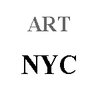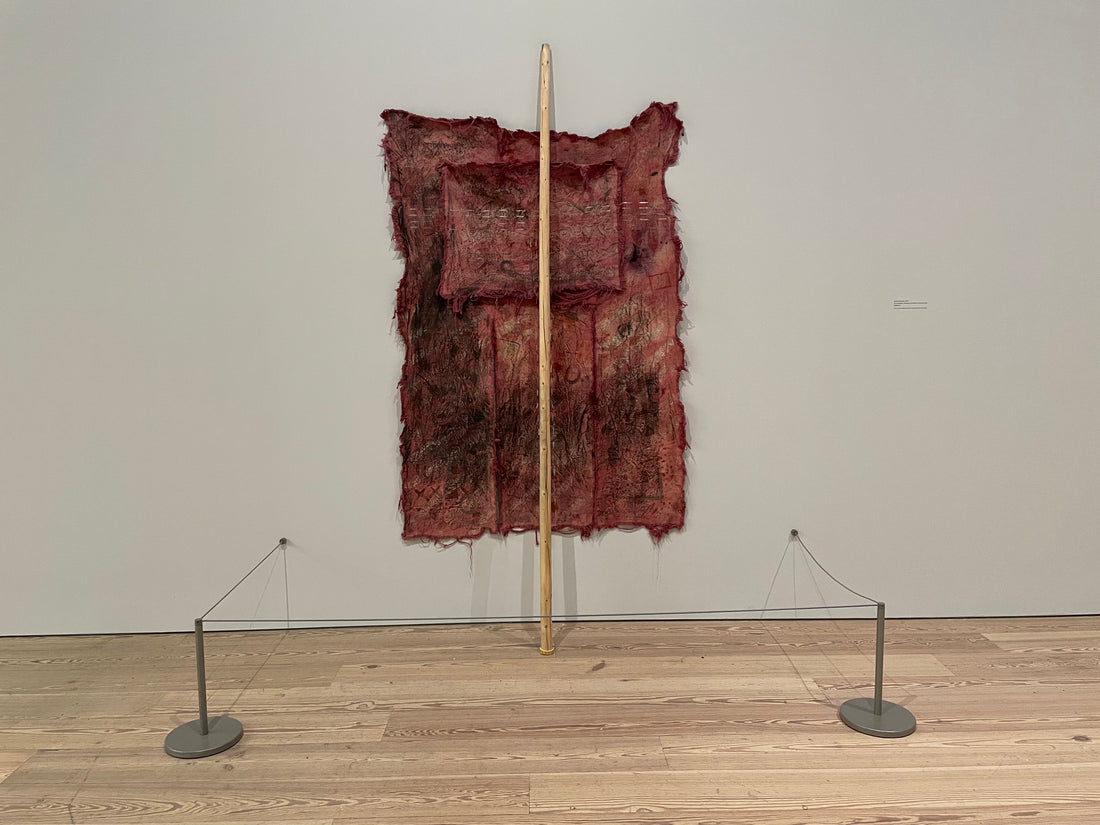
The exhibition is Jaune Quick-to-See Smith‘s first New York retrospective (b. 1940, a citizen of Confederated Salish and Kootenai Nation). Jaune Quick-to-See Smith: Memory Map is the largest and most comprehensive exhibition of Smith's paintings, prints, and sculptures of nearly 50 years. Recently, the global economy has been moving toward a multipolar system. As a result, the art and culture community is increasingly trying to encompass economic and cultural power dominated by white men on themes such as women, the environment, sexual minorities, and people of color. Jaune Quick-to-See Smith, introduced by the Whitney Museum of Art, was born on January 15, 1940, in the Saint Ignatius Indian Mission Reserve. She is a registered Salish member of the Confederated Salish and Kootenai Nation of Montana, and Smith is a painter with a B.A. from the Olympic University in Bremerton, Washington, in 1960, a B.A. from Framingham State University, Massachusetts, in 1976, and an M.A. in visual arts from the University of New Mexico in 1980.
Smith has produced complex abstractions and prints since the 1970s. Combining commercial slogans with images borrowed from signs, art history, and personal narratives, she sought to create an intimate visual language to convey her persistent socio-political commentary. Smith's work is heavy, light, and conversational. New and divine and secular and divine and witty." The ability to create visual languages from his native culture on canvas and integrate modern society's visual languages has unfolded. Smith's work continues to be a part of contemporary art, from the unique adoption of abstract painting to reflections on American pop art and neo-expressionism. These artistic traditions are integrated and reinvented into concepts rooted in Smith's cultural practices, reflecting her belief that "lifetime work involves examining modern American life and interpreting it through Native ideologies." Smith's art, which uses satire and humor, tells a story that reverses the concept of historical narratives in general and sheds light on the absurdity of forming a dominant culture. Smith's approach obscures questions and why specific visual languages gain recognition, historical privileges, and value.
Smith continued his ideas of mapping, history, and environmentalism over the decades, incorporating personal and collective memories through various media. The Whitney Museum's retrospective looks at contemporary Native American art and offers a new framework that shows how Smith led and initiated the most pressing dialogue on land, racism, and cultural preservation, issues at the forefront of modern life and art today.
Smith's exhibition was organized by Laura Phipps, assistant curator at the Whitney Museum of Art, and Caitlin Chayson, curator project assistant. Her work is also continuously seen at the Garth Greenan Gallery in New York. The gallery has also recently focused on introducing native artists.






